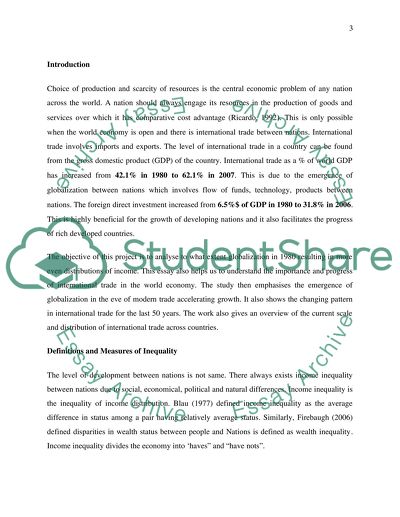Cite this document
(“INTERNATIONAL BUSINESS AND GLOBAL CHANGE Essay Example | Topics and Well Written Essays - 2000 words”, n.d.)
INTERNATIONAL BUSINESS AND GLOBAL CHANGE Essay Example | Topics and Well Written Essays - 2000 words. Retrieved from https://studentshare.org/macro-microeconomics/1482529-international-business-and-global-change
INTERNATIONAL BUSINESS AND GLOBAL CHANGE Essay Example | Topics and Well Written Essays - 2000 words. Retrieved from https://studentshare.org/macro-microeconomics/1482529-international-business-and-global-change
(INTERNATIONAL BUSINESS AND GLOBAL CHANGE Essay Example | Topics and Well Written Essays - 2000 Words)
INTERNATIONAL BUSINESS AND GLOBAL CHANGE Essay Example | Topics and Well Written Essays - 2000 Words. https://studentshare.org/macro-microeconomics/1482529-international-business-and-global-change.
INTERNATIONAL BUSINESS AND GLOBAL CHANGE Essay Example | Topics and Well Written Essays - 2000 Words. https://studentshare.org/macro-microeconomics/1482529-international-business-and-global-change.
“INTERNATIONAL BUSINESS AND GLOBAL CHANGE Essay Example | Topics and Well Written Essays - 2000 Words”, n.d. https://studentshare.org/macro-microeconomics/1482529-international-business-and-global-change.


